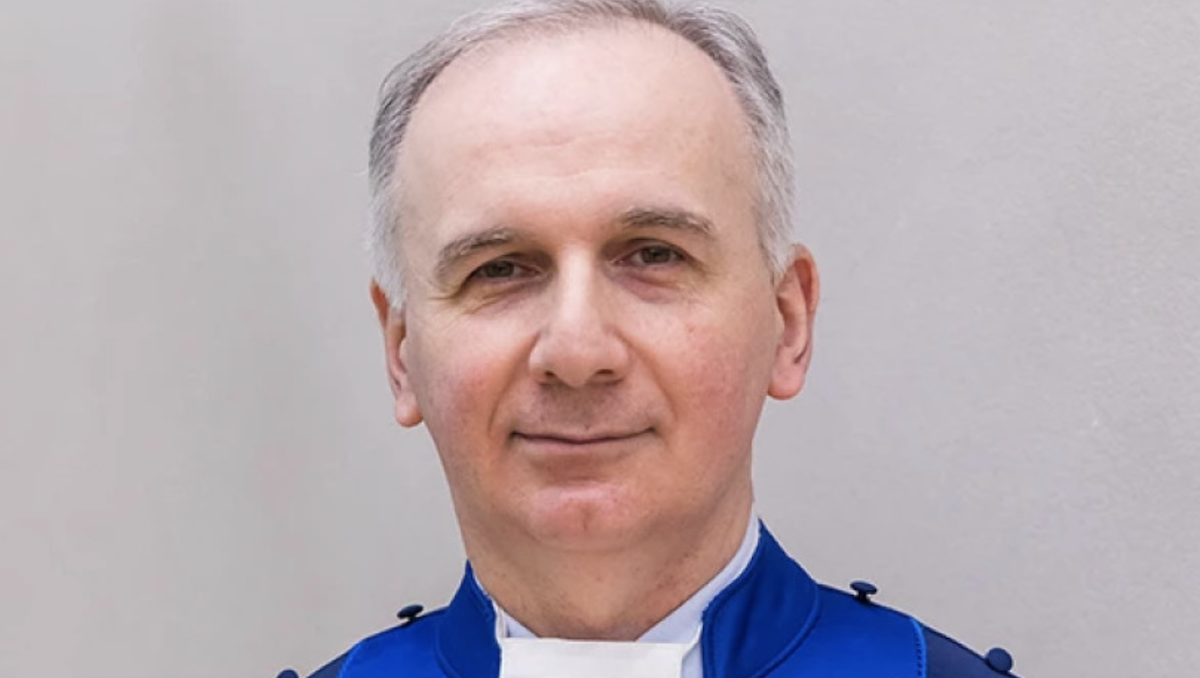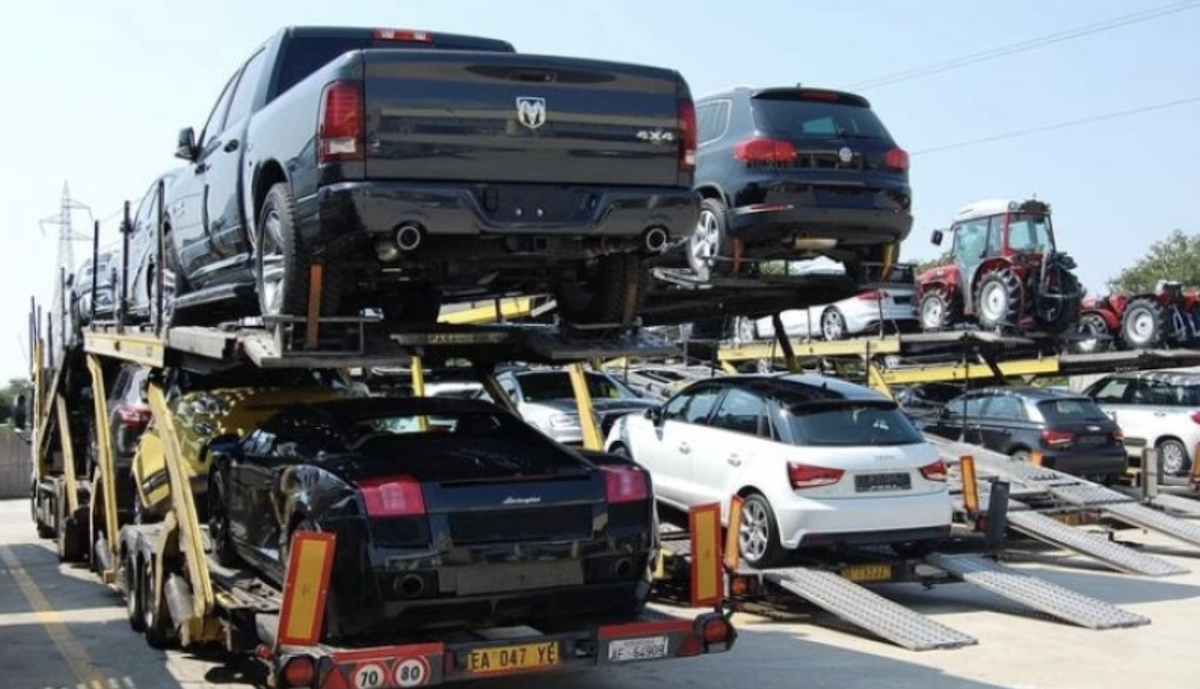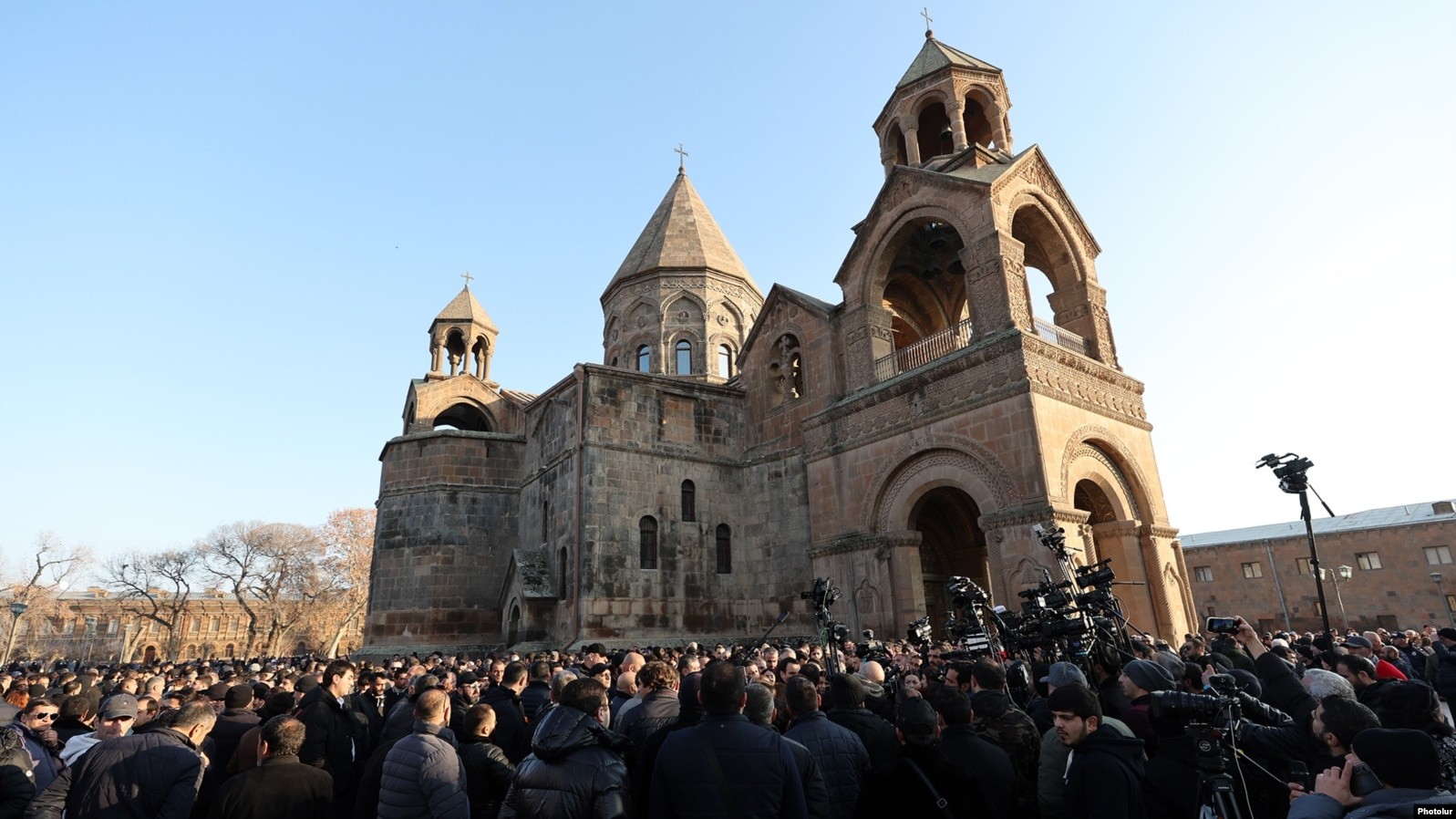Why Georgia’s hydropower plants are causing nation-wide protests
Protests have broken out in several Georgian regions against the construction of hydropower plants in recent months.
This confrontation has a long backstory reaching back to the mid-1990s. JAMnews offers an overview of current and planned projects, and the main reasons for the discontent of local residents.

On April 21, 2019, the construction of a small, 5.4 megawatt hydroelectric power station in the Pankisi Gorge in Georgia led to clashes between local residents and the police.
The police used tear gas and rubber bullets, while locals threw stones at the police.
The Ministry of the Interior says 55 people were injured, including 38 policemen and 17 local residents, and police cars and construction equipment were damaged.
The hydropower station is called Khadori-3. It is the third station of Alazani Energy in the gorge. Khadori-1 and Khadori-2 have already been built on the Alazani River.
The project would build a hydropower plant near the village of Birkiani, and stretch out over approximately 4.5 kilometers, redirecting approximately 90 percent of the water of the Alazani River via a pipeline.
Locals are concerned that a decrease in the volume of water in the river will affect pastures, important because most of the population makes a living in cattle breeding and livestock.
In addition, there are fears that the hydropower plant will exacerbate the already serious issue with drinking water in several villages in the region, as well as hinder the development of tourism.
•Old chum Tbilisi: about tourism in Georgia
•UNICEF Georgia: elevated levels of lead found in blood of 41% of children in study
The clashes with the police stopped after the Minister of Internal Affairs of Georgia Giorgi Gakharia arrived in the region. Negotiations with local residents ended with the minister’s promise that the construction of the hydropower plant would be suspended until at least 90 per cent of the population supported the project.
Does Georgia need new power plants? And how justified are the fears of the population?

How much electricity Georgia consumes, how much it produces and from where it imports
In 2018, Georgia consumed a total of 12.595 million kWh of electricity, of which 1,508 million kWh was imported from other countries.
At the same time, Georgia itself exported 588 million kWh of electricity.
This is due to the fact that more than 80 percent of the electricity generated in Georgia comes from hydropower plants, which means that production varies seasonally.
Overall, there are 86 hydro, five thermal and one wind power plants generating electricity in the country.
From April to August, when water levels in rivers is high, production increases. Consumption during this period, on the contrary, decreases, and the country can export electricity.
From September to March, the water level in the rivers decreases, and domestic consumption increases. And during this period, Georgia buys electricity from neighboring countries: Turkey, Azerbaijan, Armenia and Russia.
Official data shows Georgia buys the largest amount of electricity from Azerbaijan and Russia.
That is why the Georgian authorities insist on the need to build new hydropower plants, calling it a matter of the country’s energy security.
Officials say that the need for electricity increases every year, and the only way to satisfy the growing need is to build small and medium-sized hydroelectric power plants.
Currently, 84 memorandums on the construction of 117 hydroelectric power plants have been drawn up with various companies.
According to the plan, in 2019, 10 hydroelectric power stations with a total capacity of 94.8 megawatts will be commissioned.
What do environmental activists say?
Environmental activists in Georgia are not at all opposed to ensuring energy security and independence, but they insist that it is necessary to develop a clear plan for the development of the energy sector, and build hydropower plants in accordance with this plan.
First of all, hydropower plants should be built after an assessment of the consequences of construction: that is, what will be the impact on the environment?
This will minimize potential damage to the environment and the traditional way of life of the local population.
Environmentalists also say that the government should think about alternative sources of electricity generation, largely solar and wind energy, and the promotion of energy-saving materials in construction.
Some experts say there are many hydropower stations in Georgia, including those built under the Soviet Union, which currently produce only a quarter of their potential.
Moreover, issues come up due to the fact that contracts between the state and private companies are often opaque, and the terms of the so-called “guaranteed purchases” raise doubts.
For example, in the case of Khadorii-3, the state is obliged to purchase electricity produced by the plant for 10 years at the price of 5.4 cents per kWh. However, the cost of electricity purchased from other countries is, on average, 5 cents per kWh.
Khudoni
The first and largest protest demonstration in the modern history of Georgia came about after the start of the construction of the Khudoni HPP.
The 702-megawatt Khudoni HPP, with a dam height of 200 meters and a reservoir of 364 million cubic meters, is to be built in the mountains, in the upper part of the Svaneti region, near the village of Khaishi, on the Inguri river.
After the 1,300-megawatt Inguri HPP, it will be the second largest hydropower plant in Georgia and will produce 1.5 billion kWh of electricity annually.
According to preliminary calculations, the Khudoni HPP will provide 20 percent of electricity consumption in Georgia.
The project cost is 1 billion dollars, of which $600 million should be spent on the construction of the dam, and $400 million on the resettlement of local residents and other social issues.
528 hectares of land will be flooded for the construction of hydropower plants. The village of Khaishi will also be covered with water, and several adjacent villages will be made smaller.
Preliminary estimates say about 3,000 local residents will have to be relocated.

The first construction works on hydropower plants began in the late 1980s. But in 1988, a significant part of the public in Georgia opposed the construction of Khudoni HPP.
By that time, 25 percent of the work was completed, and the expenditures amounted to 150 million rubles [ed. then the currency of the Soviet Union].
Local residents began a hunger strike in Svaneti, and thousands of rallies were held in Tbilisi demanding that construction be stopped. As a result, in 1989, the construction of the Khudoni HPP was suspended.
The Khudoni HPP was brought up again in the late 1990s, against the backdrop of a general crisis in the country. However, at the time, it was impossible to find an investor.
The investor was found after the Rose Revolution when Mikhail Saakashvili came to power in Georgia. The project was signed with the company Trans Electronica Limited. But construction work did not begin even then.
On the eve of the 2012 parliamentary elections, the then-in-the-opposition Georgian Dream promised voters that the construction of large hydropower plants would be banned in Georgia.
Soon, the Georgian Dream party came to power, and a group to study the Khdoni HPP was created in the Ministry of Energy.
The public has yet to see the conclusions of this commission.
In 2017, the authorities broke the contract with Trans Electronica Limited. The then Minister of Energy Kakha Kaladze said that the hydropower plant would definitely be built since it is very important for the economic development of the country. Kaladze (today he is the mayor of Tbilisi) said that the state itself will build hydropower plants on budget money.
However, the construction of hydropower plants has not yet begun.
Nenskra and Mestiachala
Several other protests have broken out in the country against the construction of the Nenskra HPP and the Mestiachala HPP 1 and 2, which are being built on the river of the same name.
The construction of a hydropower plant on the Mestiachala River began in the summer of 2017. The investment cost of the project is $65 million, and the total capacity of the power plants is 50 megawatts.
In December 2017, the local population blocked the road to builders and construction workers.
Then a demonstration took place on March 31, 2018, when several women lay on the road, blocking the path for construction equipment. They claimed that the construction of hydropower plants had already harmed their living environment and that sources of acidic water had dried out in the construction area.

A large protest followed in Mestia after the start of construction of the Nenskra HPP.
The project calls for a dam with a height of 135 meters and a length of 820 to be built on the Nenskra River. 400 hectares of forest and pastures should be flooded and the population of three villages of the Chuberi community relocated.
Local residents demand that the hydroelectric station be built in an alternative way, without flooding the gorge.
On May 20, 2016, the special forces of the Ministry of Internal Affairs dispersed the demonstration of the opponents of the Nenskra HPP, with the use of force and eight people were detained.
In March 2018, Lalkhori – a meeting of representatives of Svaneti communities – passed a unanimous decision to ban the construction of hydropower plants in Mestia.
“From now on, hydropower plants will not be built in Svaneti, including the Khudoni HPP, the Nenskra HPP, the Mestiachala HPP and more than 50 other hydropower plants that are planned to be built in Upper Svaneti”, the Lalkhori said in a statement.
A similar meeting against the construction of large hydroelectric power stations took place before this in another high-mountainous region, in Racha. The population opposed the construction of two large hydropower plants on the Rioni River – the Oni-1 and Oni-2.
The total capacity of these hydropower plants would be 206 megawatts.
Movement against the construction of hydroelectric power stations in the mountains region of Ajara
On February 9, 2019, in the gorge of Machakhela in Adjara, a movement against the construction of hydroelectric power plants was established – A Man of Words.
Residents of five villages of the Machakhela gorge united in the movement, who pledged not to sell their land to the company building the hydroelectric power station.
The construction of the 30-megawatt hydropower plant on the Machakhela river is planned by the company Machakhela HPP. The local population claims that it plans to develop eco-tourism in the gorge and that this plan would be prevented by the construction of a hydropower plant.
A lack of safety around hydropower plants in recent years has fanned the flames of the conflict.
Two months after the commissioning of the Shuakhevi HPP, two tunnels collapsed. The company claims that the collapse was caused by “unpredictable geological processes.”
$400 million was spent on the construction of the Shuakhevi HPP and is currently paused.
Protest demonstrations have also taken place in the village of Buturauli of the Shuakhevo municipality. Local residents say that after the construction of hydropower plants, landslides have intensified, houses cracked and 40 families are awaiting resettlement.
And in Khelvachauri, the AdjarEnergy company, which manages the Kirmati HPP, has flooded the river Chorokhi to the extent that water has covered the land plots of the inhabitants of the villages of Maradidi and Kirnati.
An official government reaction has yet to come.



















